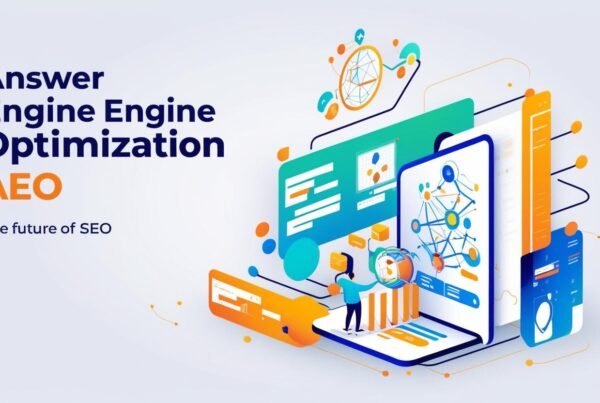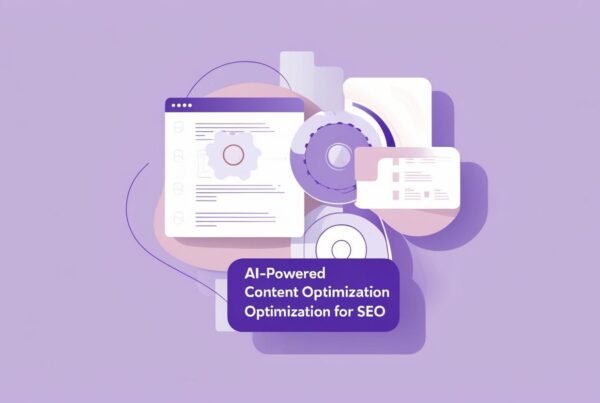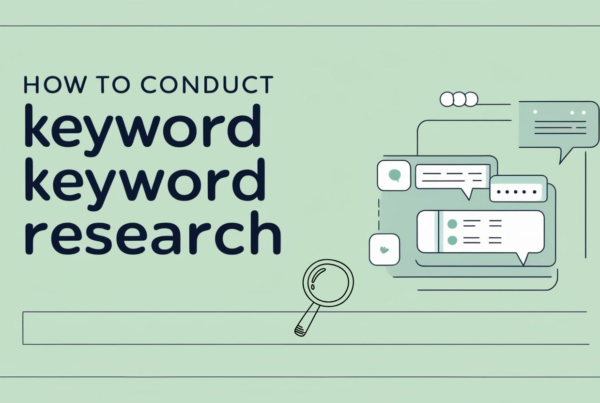Search Engine Optimization, better known as SEO, might seem like a technical maze when you’re just starting, but it’s really about helping search engines understand your site so they can show it to the right people. My goal today is through this post to walk you through the essentials of SEO for beginners, in an easy way. Let ‘s get started!
Table of Contents
What is SEO and Why Does It Matter?
SEO is the art of getting your website to appear at the top of Google search results (and yes, we’re focusing on Google because it’s where most searches happen). The better your site ranks, the more people visit it without you having to pay for ads. It’s about visibility, relevance, and providing value to users.
Success in SEO depends largely on two things: knowing what your audience is searching for, and showing Google that your site is the best answer. That means optimizing your content and making sure the technical side of your site is solid. Let’s break it down.
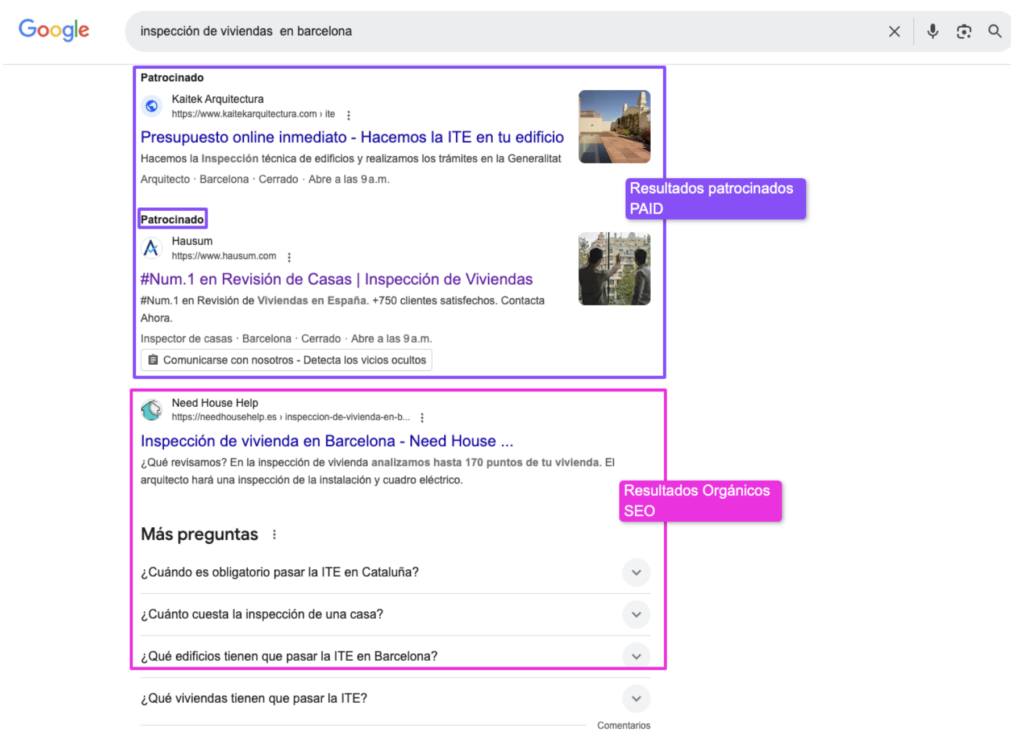
The Basics: How Do You Actually Do SEO?
Here’s the 5 relevant keys for our recipe:
- Keyword research. Find what people search for.
- Content creation. Craft content for searchers.
- On-page SEO. Make your content as clear as possible.
- Link building. Build trust and authority from other websites.
- Technical SEO. Help search engines find, crawl, and index your content efficiently.
On-Page SEO: Building Your Foundation
🔍 Keyword Research
On-page SEO is everything you do within your website to help it rank. First, it starts with keyword research. This is how you find out what your target audience is typing into Google. Tools like Google Keyword Planner or Ahrefs are useful for this. Once you’ve got your keywords, it’s time to use them strategically. We talk about the utility and how to do a keyword research in another post.

🔖 Title Tags & Meta Descriptions
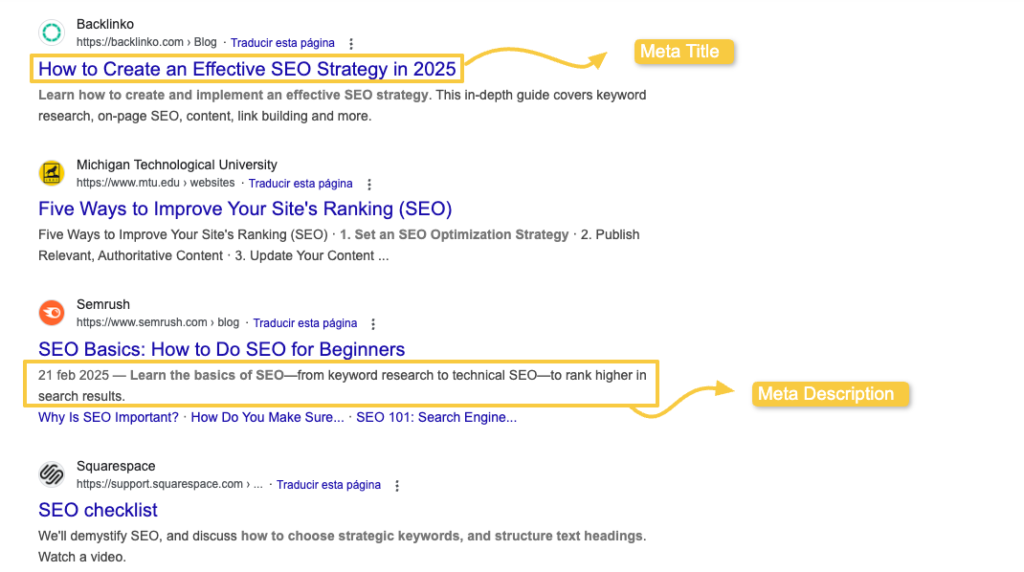
These are the first things people see in search results: That means place your “target keyword” naturally in your title, meta description. You’re not stuffing keywords; you’re helping both your readers and Google understand what your page is about.
📄 Header Tags (H1, H2, H3)
Structure matters too: use proper headings (H1 for your title, H2s for sections, H3s for subsections) so both readers and search engines can follow your logic.

📃 High-Quality Content
If it doesn’t help, inform, entertain, or solve a problem… it’s not quality content. Keep it original, clear, and skimmable.
🖼️ Images
Include images that support your content, with proper file names and alt text for SEO. Optimized visuals improve user engagement and performance.
🔗 Internal Linking
Linking to other relevant pages within your site to guide users and distribute page authority. How to do it right:
- Use clear anchor text (the clickable words)
- Add relevant internal links to new pages
- Audit links from time to time and fix broken ones
Technical SEO: Optimizing Behind the Scenes
Now, let’s talk about technical SEO, the part that happens under the hood. If your website is slow, disorganized, or hard to crawl, Google won’t rank it,simple as that. You don’t need to be a developer, but you do need to know the basics.
⏱️ Website Speed and Mobile-Friendly
Firstly, your site needs to load fast. Compress your images, use good hosting, and minimize unnecessary scripts. Secondly, your site must be mobile-friendly. Google indexes mobile versions first, so make sure your site looks and works great on smartphones.
Slow websites = sad users
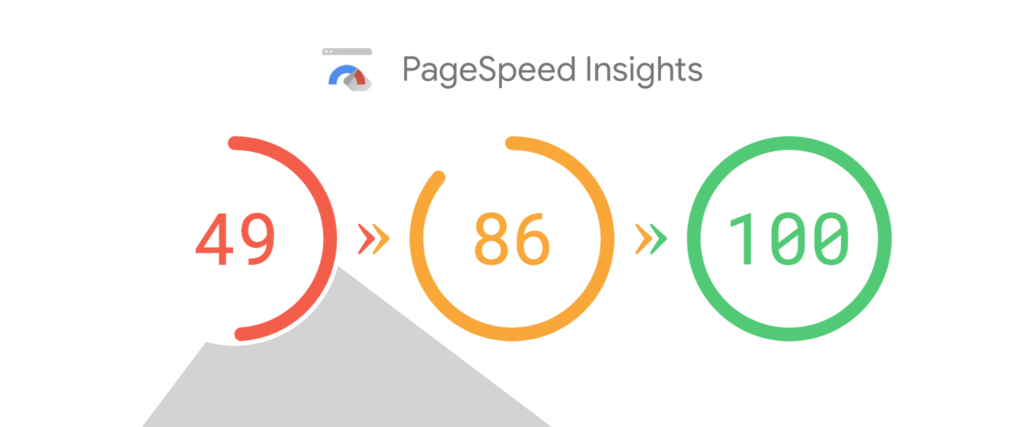
🔒 Secure Sockets Layer (SSL)
Your website should be secure, meaning it uses HTTPS. This protects your visitors and builds trust.
📁 XML Sitemap and Robots.txt File
Next, make sure you have an XML sitemap submitted to Google Search Console. This helps Google find and index your pages. Also, a properly configured robots.txt file tells Google which parts of your site to crawl or ignore.
Your sitemap = a treasure map.
Your robots.txt = “don’t go here”
🤖 Structured Data (Schema Markup)
Don’t forget structured data, or schema markup. This extra code help search engines to understand your content and can even improve your appearance in search results with rich snippets. We talk more about this topic on our advanced SEO guide.
Technical SEO ensures that all the great content you create can actually be discovered and understood by search engines. Without it, even the best content can get buried.
Off-Page SEO
Beyond your website, Google also looks at what others say about you. That’s where off-page SEO comes in. The most important aspect here is backlinks, links from other reputable websites pointing to your content. Think of these as votes of confidence; the more quality sites that link to you, the more trustworthy your site appears.
- Backlinks: Earning links from reputable websites to your content, signaling authority and trustworthiness to search engines.
Effective off-page SEO strategies include:
- Link Building: Acquiring high-quality backlinks through guest posting, partnerships, or creating shareable content.
- Social Signals: Leveraging social media platforms to increase content visibility and engagement, indirectly boosting SEO.
- Brand Mentions: Encouraging discussions about your brand on various platforms to enhance credibility and authority.
Putting It All Together
Effective SEO is about aligning your content and technical efforts. Think about your site’s structure: is it logical, easy to navigate, and does it make sense to both humans and search engines? Every page should serve a purpose and be linked to others in a meaningful way.
Also, regularly review your site performance with tools like Google Analytics and Google Search Console. These will show you what’s working, what’s not, and where you can improve.
- OpenAI Adds Shopping Features to ChatGPT: Here’s Everything You Need to Know - May 10, 2025
- How to Create SEO-Friendly URLs - March 27, 2025
- What Are Hreflang Tag Attributes and How Can I Help You to Implement Them Correctly - March 26, 2025
